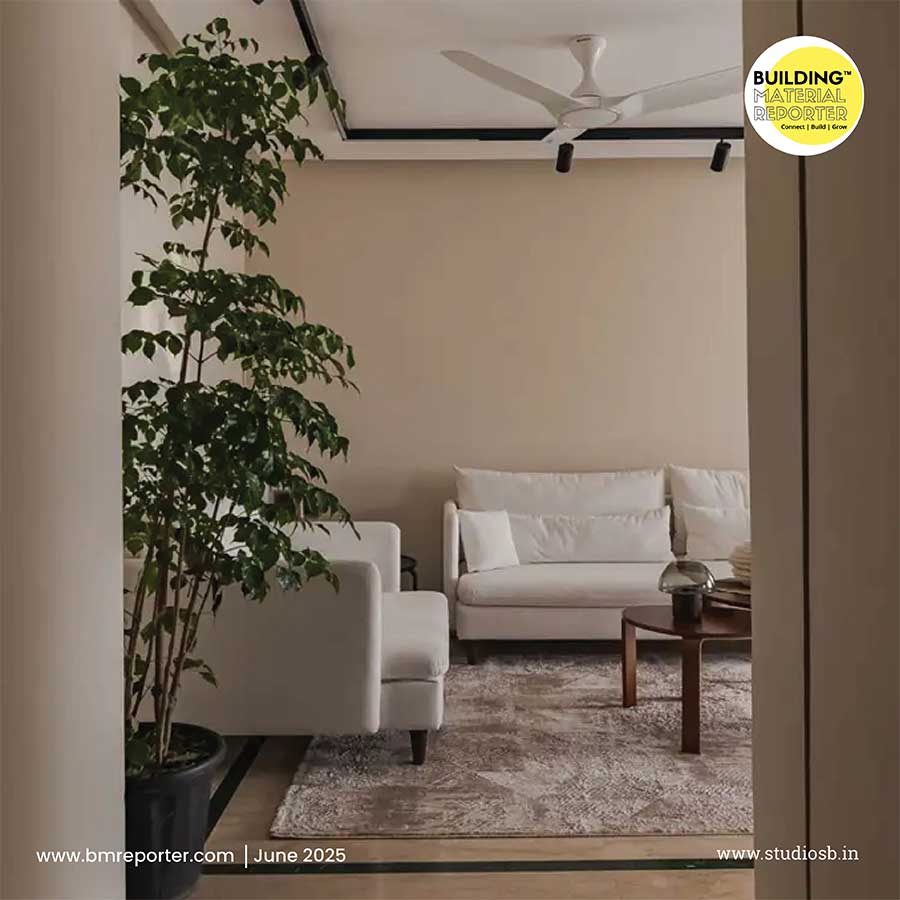Kinetic Architecture in Motion
- December 21, 2023
- By: Editorial Team
- INFLUENCERS
What is Kinetic Architecture?
Kinetic architecture stands as a dynamic design paradigm, seamlessly integrating moving elements to instigate a transformative impact on the form, appearance, and functionality of structures. In embracing this innovative approach, architects and designers unlock a spectrum of advantages, including heightened adaptability, enhanced energy efficiency, and an elevated aesthetic experience.
Features of Kinetic Architecture
At its core, the essence of kinetic architecture lies in the ability of structures to respond dynamically to the evolving milieu – be it changing environmental conditions, evolving user needs, or the desire for a fresh artistic perspective. This adaptability is not merely a functional aspect; it becomes a statement of resilience and relevance in a world that is constantly in flux.
One of the distinctive features of kinetic architecture is its capacity to usher in a new era of artistic expression. Beyond the static confines of traditional design, kinetic elements introduce a dynamic interplay of movement, turning buildings into living canvases. This dynamic quality goes beyond mere functionality; it transforms structures into captivating works of art, amplifying their aesthetic allure.
(2).jpg) Mihaly Slocombe
Mihaly Slocombe
In practical terms, kinetic architecture allows for the integration of moving parts that actively respond to external stimuli. Whether through dynamic facades that adjust to sunlight intensity, roofs and canopies that adapt to weather conditions, or entire structures that metamorphose to suit various purposes, the possibilities are as diverse as the creative minds behind them.
This transformative approach, however, is not without its challenges. Maintenance of moving components, the potential increase in construction costs, and the seamless integration of technology all demand meticulous consideration. Yet, these challenges are the crucible in which innovation thrives, pushing architects and engineers to explore novel solutions and further refine the marriage of form and function.
(1).jpg) Karawitz Architecture
Karawitz Architecture
As we peer into the future, the prospects for kinetic architecture appear boundless. Advances in materials, the convergence of cutting-edge technologies, and an evolving understanding of sustainable design principles promise a landscape where structures not only respond to their surroundings but actively contribute to a more harmonious and efficient built environment.
In essence, kinetic architecture transcends the static confines of traditional design, offering a dynamic and responsive canvas for architects to redefine the boundaries of what is possible. Through its interplay of movement, adaptability, and aesthetic appeal, kinetic architecture stands as a testament to the evolving relationship between the built environment and the creative imagination.
Examples of Kinetic Architecture
Dynamic Facades
Transforming the very face of architecture, dynamic facades embody building exteriors equipped with movable components that intricately respond to the ever-changing tapestry of environmental conditions. Take, for example, the Al Bahr Towers in Abu Dhabi, where the facade boasts responsive sunscreens that gracefully open and close, choreographed in harmony with the ebb and flow of sunlight intensity. This seamless interplay between form and function not only enhances the aesthetic appeal but also underscores the practicality of harnessing technology to optimize energy efficiency.
Moving Roofs and Canopies
(2).jpg) Forsyth Barr Stadium in New Zealand
Forsyth Barr Stadium in New Zealand
Evolving beyond static shelter, certain stadiums and event venues have embraced the concept of moving roofs and canopies. A stellar illustration can be found in the Forsyth Barr Stadium in New Zealand, where the architecture embraces flexibility. The retractable roofs and canopies gracefully adjust, offering a dynamic spectacle that goes beyond mere protection. This adaptability creates an immersive experience for spectators, providing shade, shelter, or an open-air ambience as the need arises.
Transformative Structures
(1).jpg) "Dragonfly" pavilion in the United States
"Dragonfly" pavilion in the United States
Pushing the boundaries of conventional design, transformative structures embody buildings that possess the ability to metamorphose – changing shape or configuration to meet diverse needs. The "Dragonfly" pavilion in the United States stands as a testament to this category. Its wings elegantly unfold and retract, crafting a dynamic and interactive space that transcends the static confines of traditional architecture. This transformative capability not only captivates the observer but also unlocks a realm of possibilities for functional versatility.
Kinetic Art Installations
Going beyond mere functionality, kinetic elements find a purpose in the realm of artistic expression. Architects, in their pursuit of pushing creative boundaries, incorporate kinetic features for pure aesthetic delight. The "Metamorphosis" installation by Art+Com Studios is a prime example. A mesmerizing dance of triangular panels unfolds, driven by movement, creating a visual symphony that transcends the static nature of traditional art. This fusion of technology and art elevates the viewer's experience, transforming space into a canvas where dynamic forms captivate the imagination.
In essence, these examples of kinetic architecture redefine the relationship between structures and their surroundings. By seamlessly integrating movement, adaptability, and artistic expression, architects forge a path towards a future where buildings not only serve functional needs but also contribute to the dynamic and evolving narrative of the built environment.


.jpg)
.jpg)
.jpg)
.jpg)
.jpg)
.jpg)
.jpg)
.jpg)
.jpg)
.jpg)
.jpg)






